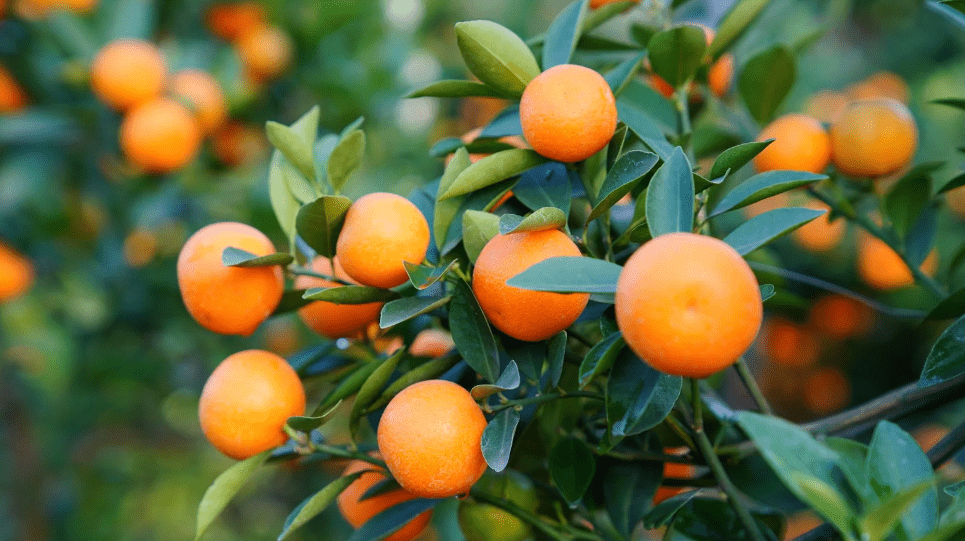
How to Grow a Thriving Tangerine Plant at Home
Tangerine plants can bring a burst of citrusy freshness to your home, and with the right care, they can thrive and produce delicious fruit for you to enjoy. In this post, we’ll walk you through the step-by-step process of growing a thriving tangerine plant at home, from choosing the right soil and sunlight to watering and pruning tips. We’ll also discuss the benefits of growing tangerine plants and how to care for them to ensure they stay healthy and productive. So, if you’ve always wanted to grow your own citrus fruit at home, this post is for you. Let’s get started!
Table of Contents
ToggleChoosing the Right Tangerine Variety
A. Popular Varieties for Home Growing
There are several popular varieties of tangerines that are well-suited for home growing, including the Clementine, Dancy, and Fairchild. When choosing a variety, consider your climate and the space available for the plant to ensure it will thrive in your environment
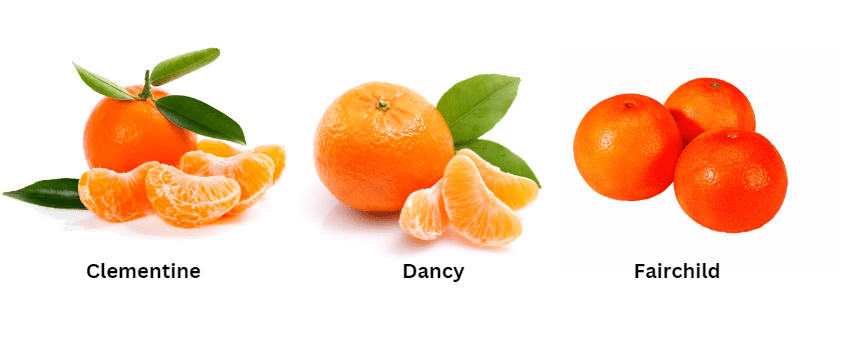
1. Selecting the best variety for your climate and space
Selecting the best variety for your climate and space is essential for successful tangerine plant growth. The Clementine variety is well-suited for warmer climates, while the Dancy variety can tolerate colder temperatures. The Fairchild variety is a good option for those with limited space, as it can be grown in a container. It’s important to consider these factors when choosing the right tangerine variety for your home.
Preparing for Planting
A. Selecting the Right Location
When preparing to plant tangerines, it’s important to select the right location for optimal growth. Choose a spot that receives full sun and has well-drained soil. Tangerine trees can also be sensitive to frost, so if you live in a colder climate, consider planting them in a spot that offers protection from cold temperatures. It’s also important to ensure there is enough space for the tree to grow, as tangerines can reach heights of 20 feet or more. By selecting the right location, you can set your tangerine tree up for success.
B. Choosing the Right Container
If you’re planning to plant tangerines in a container, it’s important to choose the right one. Look for a container that is at least 18 inches in diameter and has drainage holes to allow excess water to escape. Select a high-quality potting mix that is well-draining and nutrient-rich to provide the necessary support for the tangerine tree. Consider the size and weight of the container, as tangerine trees can become quite heavy as they grow. By choosing the right container, you can ensure that your tangerine tree has the space and support it needs to thrive.
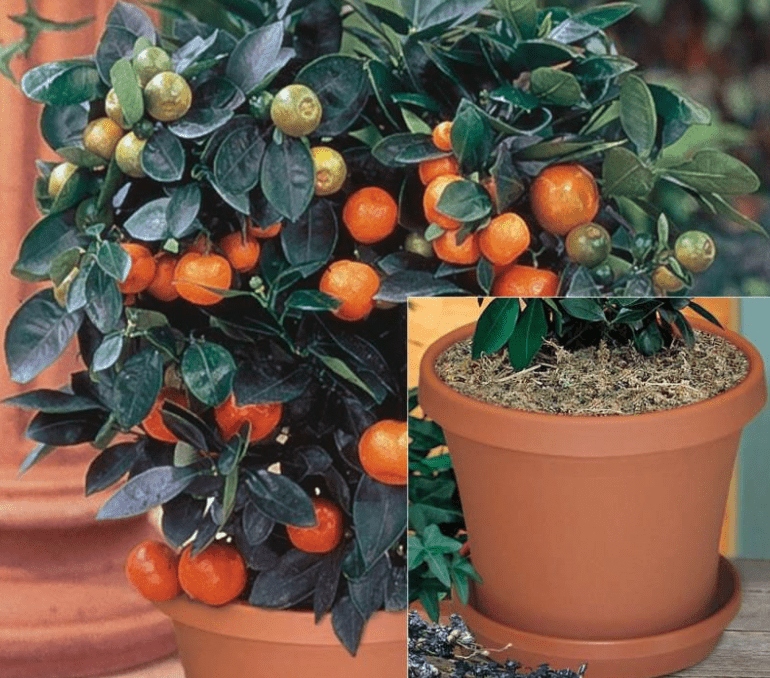
Planting Tangerine Seeds or Seedlings
A. Starting from Seeds
1. How to germinate tangerine seeds
To germinate tangerine seeds, you can start by removing the seeds from the fruit and rinsing them off to remove any pulp. Then, place the seeds in a small container with damp paper towels or in a plastic bag with damp peat moss. Keep the seeds in a warm, sunny location and make sure to keep the paper towels or peat moss moist. In a few weeks, you should start to see the seeds sprout. Once they have sprouted, you can carefully transplant them into individual pots with well-draining soil.
B. Starting from Seedlings
If you prefer to skip the germination process, you can also purchase tangerine seedlings from a nursery or garden center. Look for healthy, vigorous seedlings with strong stems and leaves. When planting the seedlings, make sure to choose a container that is large enough to accommodate the roots and provide plenty of room for growth. Use a high-quality potting mix and make sure to water the seedlings regularly to help them establish themselves in their new container. With proper care, your tangerine tree will thrive and produce delicious fruit.
Soil and Fertilization
A. Ideal Soil Mix
When it comes to growing tangerine trees, it’s important to use an ideal soil mix to ensure the tree’s health and growth. Tangerine trees thrive in well-draining, slightly acidic soil with a pH of 6.0 to 6.5. You can create the ideal soil mix by combining equal parts of peat moss, pine bark, and perlite or coarse sand. This will provide the tree with the right balance of nutrients, moisture, and aeration for optimal growth. Additionally, you can fertilize your tangerine tree with a citrus-specific fertilizer to provide it with the necessary nutrients for healthy fruit production. With the right soil mix and proper fertilization, your tangerine tree will have the best chance of thriving and producing delicious fruit.
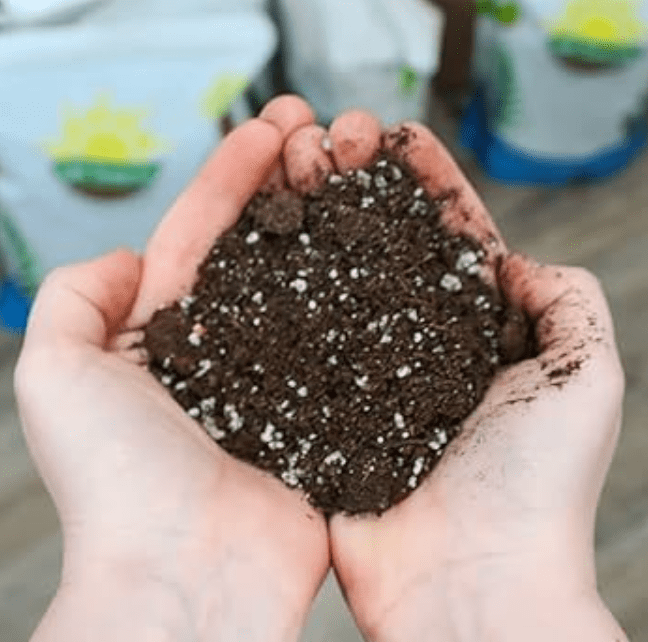
B. Fertilization Schedule
When it comes to fertilizing tangerine trees, it’s important to follow a proper schedule to ensure the tree’s health and fruit production. A citrus-specific fertilizer should be used, and it’s best to apply it three times a year: in late winter, late spring, and mid-summer. This will provide the tree with the necessary nutrients it needs for healthy growth and fruit production. It’s also important to follow the instructions on the fertilizer packaging for the proper application rate. By following a regular fertilization schedule, you can help your tangerine tree thrive and produce delicious fruit year after year.
Watering and Mulching
A. Watering Guidelines
When it comes to watering tangerine trees, it’s important to ensure they receive enough moisture without becoming waterlogged. Tangerine trees typically require regular watering, especially during dry periods, but it’s important to avoid overwatering which can lead to root rot. Generally, tangerine trees should be watered deeply once a week, but this may vary depending on the climate and soil conditions. It’s important to monitor the moisture level of the soil and adjust watering accordingly.
B. Mulching Techniques
Mulching is an important part of tangerine tree care as it helps to retain moisture, regulate soil temperature, and suppress weed growth. A layer of organic mulch, such as wood chips or shredded bark, should be spread around the base of the tree, but be careful to keep it a few inches away from the trunk to prevent rot. Mulch should be replenished periodically to maintain its effectiveness. Overall, by following these watering and mulching guidelines, you can help your tangerine tree stay healthy and productive.
Pruning and Shaping
A. When and How to Prune
Tangerine trees should be pruned in late winter or early spring to remove dead or diseased branches and to shape the tree for better fruit production. Use clean, sharp pruning shears and make clean cuts at a 45-degree angle. Be sure to remove any branches that are crossing or rubbing against each other. It’s also important to thin out the branches to allow sunlight and air circulation to reach the inner parts of the tree. Avoid over-pruning, as this can reduce fruit production. Proper pruning will help keep your tangerine tree healthy and encourage a bountiful harvest.
B. Managing Plant Size
Tangerine trees can grow quite large, so it’s important to manage their size to ensure they fit in your space and remain healthy. If you’re growing tangerines in a container, you can control their size by pruning and root pruning. Pruning can help keep the tree at a manageable size and shape, while root pruning can prevent the tree from becoming root-bound in the container. Be sure to use a well-draining potting mix and provide regular watering and fertilization to support the tree’s growth. If you’re growing tangerines in the ground, you can manage their size by regular pruning and training the branches to grow in a desired shape. This will help maximize fruit production and keep the tree healthy and strong. By managing the size of your tangerine tree, you can enjoy a bountiful harvest and a healthy, thriving plant.
Pest and Disease Management
A. Common Pests
Common Pests that can affect tangerine trees include aphids, scale insects, and mites. It’s important to regularly inspect your tree for signs of pest infestations and take appropriate measures to control them. This can include using insecticidal soaps or horticultural oils, as well as introducing natural predators like ladybugs to help manage pest populations. Additionally, keeping the tree healthy and well-nourished can help it to better withstand pest attacks.
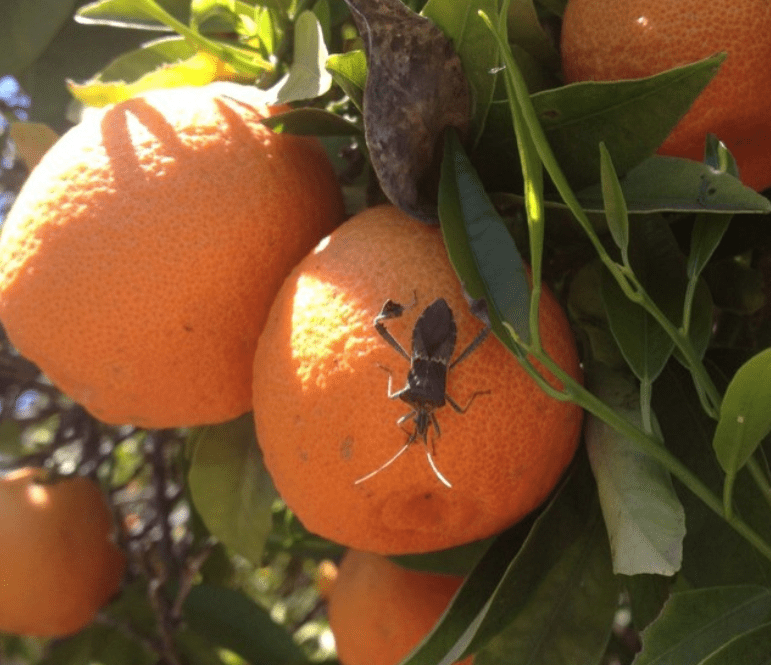
B. Preventing and Treating Diseases
As for diseases, tangerine trees can be susceptible to fungal infections such as citrus greening and citrus canker. To prevent these diseases, it’s important to keep the tree properly pruned to allow for good air circulation, and to avoid overwatering, which can create favorable conditions for fungal growth. Applying fungicides or other disease-control products may also be necessary to protect the tree from these threats. Regular monitoring and proper care can help keep your tangerine tree healthy and free from pests and diseases.
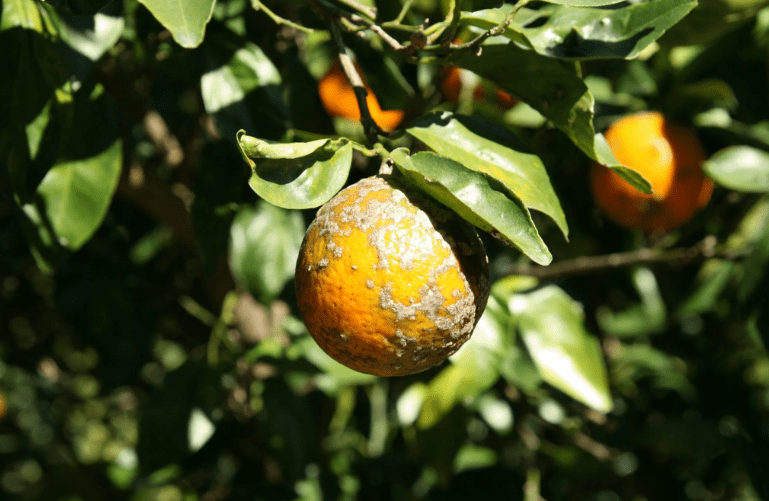
Encouraging Flowering and Fruit Production
A. Pollination Requirements
Tangerine trees are self-pollinating, but they can benefit from cross-pollination with other citrus trees to increase fruit production. You can encourage flowering and fruit production by planting different varieties of citrus trees nearby to ensure adequate cross-pollination. Additionally, providing proper care and optimal growing conditions, such as adequate sunlight, water, and nutrients, can help promote healthy flowering and fruit development. Pruning the tree to remove dead or overcrowded branches can also encourage new growth and improve fruit production.
B. Maximizing Fruit Set
To maximize fruit set, you can also use a citrus-specific fertilizer to provide the tree with essential nutrients for flowering and fruit development. Additionally, thinning out excess fruit can help the tree allocate more energy to the remaining fruit, resulting in larger and healthier tangerines. Regular monitoring for any signs of pests or diseases and taking prompt action to address any issues can also help ensure a successful fruit set. Overall, proper care and attention to the tangerine tree’s needs can help encourage healthy flowering and fruit production.
Harvesting and Storing Tangerines
A. When and How to Harvest
When and how to harvest tangerines is important for getting the best tasting fruit. Typically, tangerines are ready to harvest when they are fully colored and have a firm texture. They should easily come off the tree with a gentle twist. It’s best to harvest in the morning when the fruit is cool and the flavors are at their peak. Once harvested, tangerines should be stored at room temperature for up to a week or refrigerated for longer storage. This will help maintain their juiciness and flavor. Overall, proper harvesting and storing techniques can help you enjoy the best tasting tangerines.
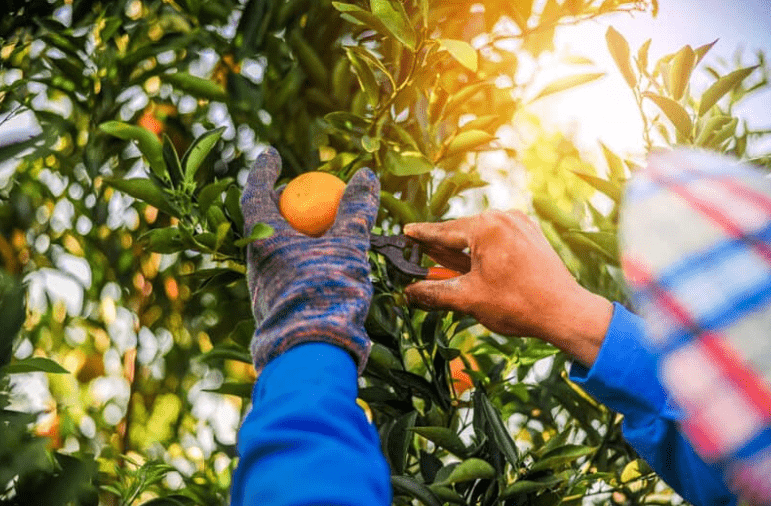
B. Storing and Using Your Harvest
To ensure you have the best tasting tangerines, it’s important to know when and how to harvest and store them properly. Tangerines are ready to harvest when they are fully colored and have a firm texture, and they should easily come off the tree with a gentle twist. It’s best to harvest them in the morning when the fruit is cool and the flavors are at their peak.
Once you’ve picked your tangerines, it’s important to store them correctly to maintain their juiciness and flavor. You can store them at room temperature for up to a week, or refrigerate them for longer storage. This will help ensure that they stay fresh and delicious for as long as possible.
By following these simple tips for harvesting and storing tangerines, you can enjoy the best tasting fruit possible. So, the next time you have a bountiful tangerine harvest, be sure to use these techniques to keep them fresh and tasty for as long as possible.
Troubleshooting Common Problem
A. Yellowing Leaves, Poor Fruit Set, and Other Issues
If you’re noticing yellowing leaves, poor fruit set, or other issues with your tangerine tree, there could be several potential causes. Yellowing leaves can be a sign of nutrient deficiency, overwatering, or pests. Poor fruit set may be due to inadequate pollination, extreme temperatures, or improper pruning. To address these issues, it’s important to carefully monitor your tangerine tree, provide appropriate nutrients and water, and take steps to protect it from pests. If you’re unsure about how to address these problems, consider consulting with a local horticulturist or agricultural extension office for personalized advice. By identifying and addressing these common issues, you can help ensure a healthy and productive tangerine tree.
In conclusion, growing a thriving tangerine plant at home requires patience, dedication, and proper care. By following the steps and tips provided in this post, you can enjoy the benefits of having your own fresh tangerines right at home. Remember to provide the plant with the right amount of sunlight, water, and nutrients, and to prune it regularly to ensure healthy growth. With the right care, you can have a beautiful and productive tangerine plant in your home.
Frequently Asked Questions (FAQs)
Tangerine plants thrive in well-draining, slightly acidic soil. A mix of potting soil and sand works well for tangerine plants.
Tangerine plants need plenty of sunlight, at least 6-8 hours of direct sunlight per day. Placing it near a south-facing window or using grow lights can help provide adequate sunlight.
angerine plants should be watered regularly, allowing the soil to dry out slightly between waterings. Overwatering can lead to root rot, so it’s important to find a balance.
Yes, tangerine plants can be grown from seeds. However, it’s important to note that it may take several years for the plant to produce fruit when grown from seeds.
Tangerine plants prefer warm temperatures, ideally between 55-85°F (13-29°C). It’s important to protect the plant from frost and cold temperatures.
Pruning the plant to remove dead or crowded branches, providing adequate sunlight, and fertilizing the plant with a citrus-specific fertilizer can help encourage fruit production.
Yes, tangerine plants can be grown indoors as long as they receive enough sunlight and are properly cared for with the right soil, watering, and temperature conditions.
It can take several years for a tangerine plant to produce fruit, especially if grown from seeds. However, with proper care and conditions, it is possible to enjoy homegrown tangerines in the future.
